It takes a village to tell a story, and this is a long story.
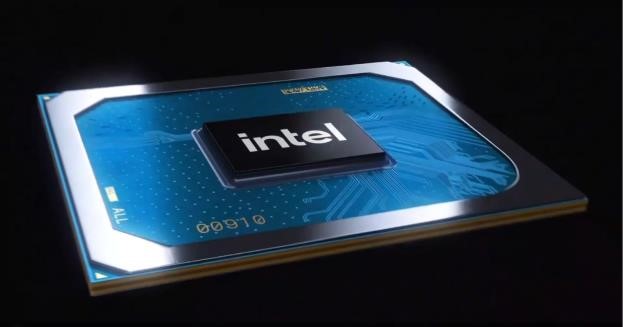
After years in the process, Intel has come up with several names for their proposed someday dGPUs.
To tell the world about it, Intel’s marketing department shed a little of the spotlight on some of the troops who are valiantly struggling to fulfill Raja Koduri’s promise. A group of them made a video you can see here.
Roger Chandler from Intel’s Graphics Product team said he and his friends are gamers, and one of the things he likes about the gaming community is how it relentlessly pushes the computational limits of hardware and software.
Then Shannon Thompson of the team said there are nearly three billion gamers worldwide.

From the graphics product team, Patrick DeFreitas says gamers are also creators and cited the billions of hours of gaming content being sent to YouTube, Twitch, and Facebook. He added, “other gamers watched almost 28 billion hours of game content.”

Mithun Chandrasekhar, the graphics product team, said, “Intel had made notable graphics performance milestones in the past few years and quadrupled the iGPU’s performance.”
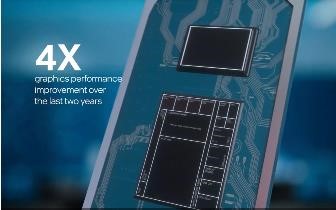
They also introduced their first entry-level discrete product alongside deep-link multi XPU platform acceleration, said Chandrasekhar.

Then, Damien Triolet of the Intel graphics product team said they are working on high-performance graphics and are announcing the high-performance brand for the acceleration.
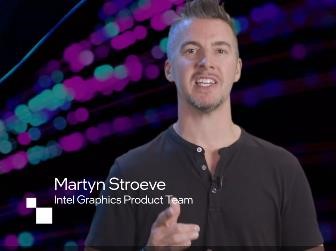
Martyn Stroeve of the team said they are now ready to take it to the next level.

Gilbert Leung of the team, who obviously didn’t get, or chose to ignore the memo on dress code, spoke about buttery-smooth frame rates from thin and light notebooks to high-performance desktop PCs.
Shannon Thompson added, “simultaneous no-compromise gaming streaming and multi-tasking.”
Martyn Stroeve further commented that their vision is to bring frictionless gaming to three billion gamers. And they are unleashing all of their assets to get there—CPUs, XPUs, memory, interconnect, and software.
Roger Chandler added, their commitment to that vision is writing a new story for Intel. “We all have a story to tell,” he said, “a story has a structure with a plot, character-inflection; every game and gamer has a story, and every story has an arc inspired by that he introduced their new consumer, discrete graphics brand—ARC.
Tada!
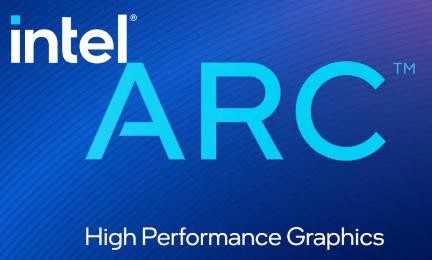
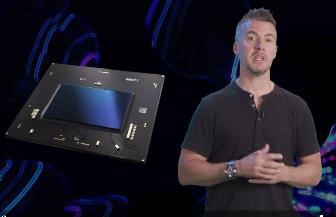
Stroeve had the big reveal and said, “Arc will span multiple generations, and each product generation will have its own code name. So the upcoming hardware product that used to be called DG2 is now code-named Alchemist. The following generations will be Battlemage, Celestial, and Druitt.

Thompson said, “You should expect Alchemist-based products in Q1’22.”

Chandler then wrapped it up and showed some demos and hints about the feature set. “Until then,” he said, “here is a sneak peek of our product in action.”





All the demos were run on Intel Arc pre-production silicon.
“Today marks a key moment in the graphics journey we started just a few years ago. The launch of the Intel Arc brand and the reveal of future hardware generations signifies Intel’s deep and continued commitment to gamers and creators everywhere. We have teams doing incredible work to ensure we deliver first-class and frictionless experiences when these products are available early next year.”
—Roger Chandler, Intel vice president and general manager of Client Graphics Products and Solutions
Intel Xe is a scalable graphics and compute architecture, said the PR people, designed to deliver exceptional performance and functionality spanning integrated to discrete and data centers to supercomputers.
Upcoming Intel Arc graphics products are based on the Xe-HPG microarchitecture, a convergence of Intel’s Xe LP, HP, and HPC microarchitectures, which will deliver scalability and compute efficiency with advanced graphics features. The first generation of Intel Arc products, Alchemist, will feature hardware-based ray tracing and artificial intelligence-driven super sampling and fully support for DirectX 12 Ultimate.





